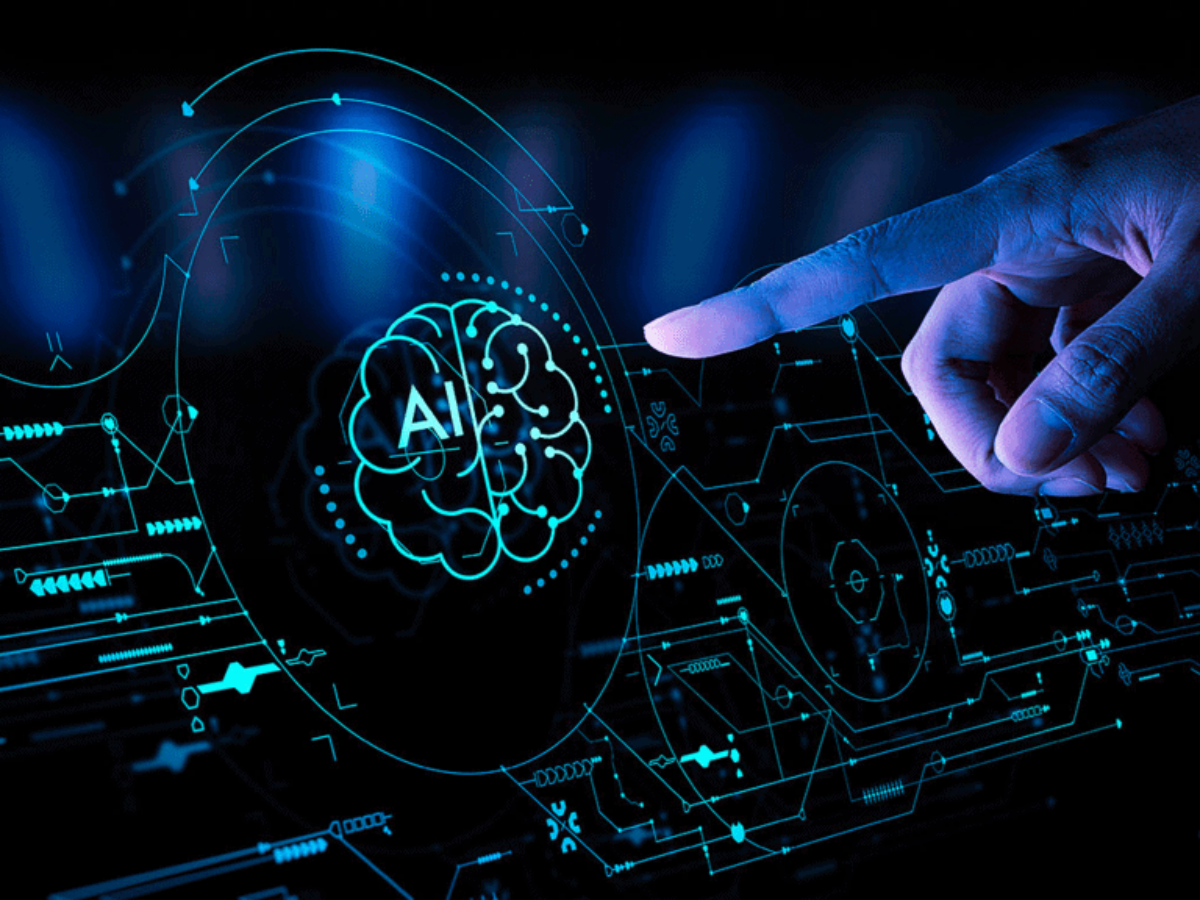Artificial Intelligence (AI) has emerged as a powerful technology with the potential to transform various aspects of our lives. However, alongside its countless benefits, the rapid advancement of AI also brings new challenges and risks, particularly in the realm of security. This essay explores the intersection of AI and security breaches, discussing the potential vulnerabilities and the measures necessary to ensure a safe and secure AI-driven world.
Artificial Intelligence (AI) plays a significant role in enhancing state security in today’s complex and interconnected world. Governments worldwide are increasingly leveraging AI technologies to bolster their defense and intelligence capabilities. AI systems can analyze vast amounts of data, identify patterns, and detect potential threats with greater speed and accuracy than traditional methods. These systems can aid in monitoring borders, detecting cyber threats, analyzing surveillance footage, and predicting emerging security risks. However, as AI evolves, it also presents new challenges in terms of data privacy, potential biases, and ethical considerations. Striking a balance between utilizing AI for state security and safeguarding individual rights and freedoms is crucial for harnessing its full potential in creating safer and more secure societies.
The Promise of AI and Its Vulnerabilities
AI offers tremendous benefits, such as improved efficiency, enhanced decision-making, and automation of complex tasks. However, the very nature of AI systems, which rely on data-driven algorithms and machine learning, exposes them to potential security breaches. Some vulnerabilities include:
Data Privacy: AI algorithms rely heavily on vast amounts of data. Consequently, securing this data becomes critical. Unauthorized access, data leaks, or breaches can compromise personal information, leading to identity theft, financial fraud, or invasion of privacy.
Adversarial Attacks: AI systems can be vulnerable to adversarial attacks, where malicious actors manipulate inputs to deceive or mislead the system. For example, altering an image slightly can trick an AI-powered facial recognition system into misidentifying an individual or granting unauthorized access.
Model Poisoning: Attackers can manipulate training data or introduce biased information into the AI model’s learning process. This manipulation can lead to biased or flawed decisions, potentially causing harm or discrimination in critical areas like lending, hiring, or criminal justice.
Deepfake Threats: AI technology enables the creation of convincing deepfake content, including manipulated images, videos, or audio. This poses a significant risk for misinformation, impersonation, and the erosion of trust in media and public discourse.

Addressing the Risks
Strong Data Security: It’s essential to safeguard data via encryption, secure storage, and access controls. Strict data protection laws should be followed by organizations, along with strong authentication mechanisms and routine data security practice audits.
Adversarial Defense Mechanisms: It’s crucial to build AI systems that have strong defenses against adversarial attacks. The hazards connected with adversarial manipulation can be recognized and reduced with the aid of strategies like adversarial training, input sanitization, and detection algorithms.
Designing AI ethically and transparently is essential. Transparency in AI models and algorithms must be guaranteed. When the decision-making process is transparent and understandable, it is easier to spot biases, address weaknesses, and maintain public trust. When creating AI, fairness, accountability, and non-discrimination should all be taken into consideration.
AI systems need to be continuously monitored in order to quickly identify and address any threats that may arise. To address known vulnerabilities and preserve the security and integrity of the AI infrastructure, regular updates and patches should be applied.
Public understanding and Education: It’s crucial to raise public understanding of the dangers and ramifications of AI-driven security breaches. Giving people the skills to recognize and react to possible hazards can help create a more secure digital ecosystem.
 Striking Balance:
Striking Balance:
Striking a balance is just as critical as addressing the dangers and vulnerabilities related to AI security breaches. Overly cautious or restrictive policies could discourage innovation and limit AI’s beneficial effects. As a result, rules and guidelines that improve security without obstructing innovation must be established through cooperation between policymakers, business executives, and researchers.
The need of tackling the security issues increases as AI develops and permeates more facets of society. Unquestionably, AI has many advantages, but they also require strong security measures. We can reduce the risks and make sure that AI technologies improve our lives by putting data protection first, protecting against adversarial assaults, encouraging openness, and raising public awareness.

Research Associate, Pakistan House



